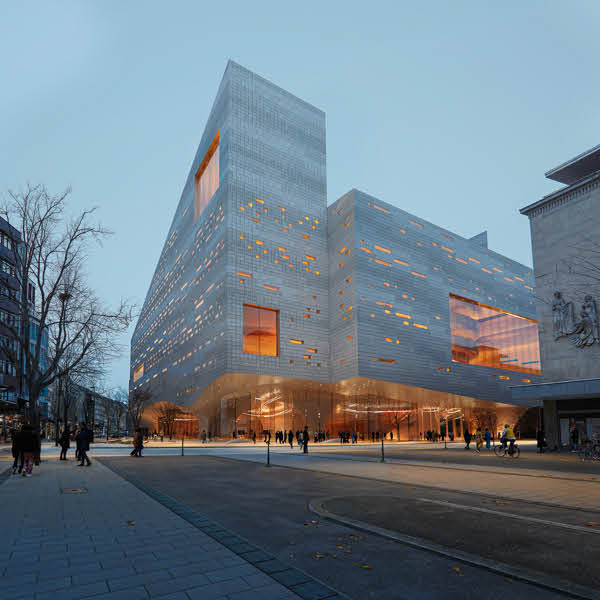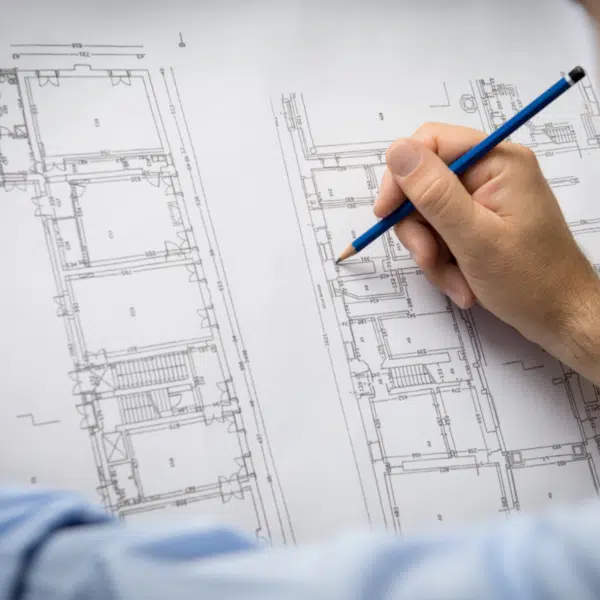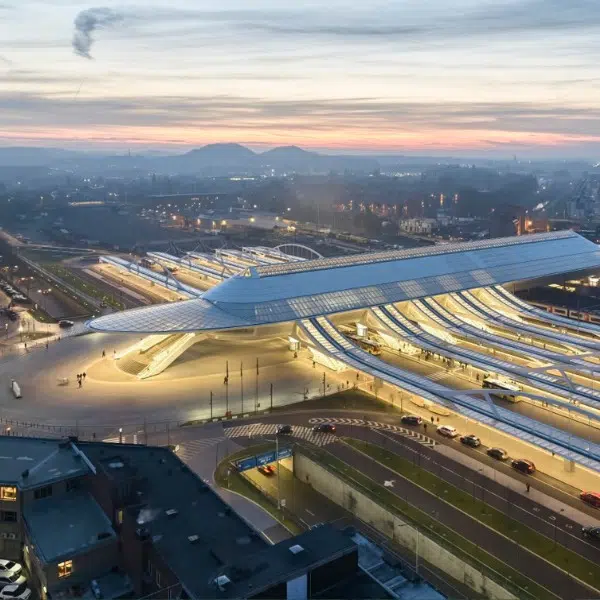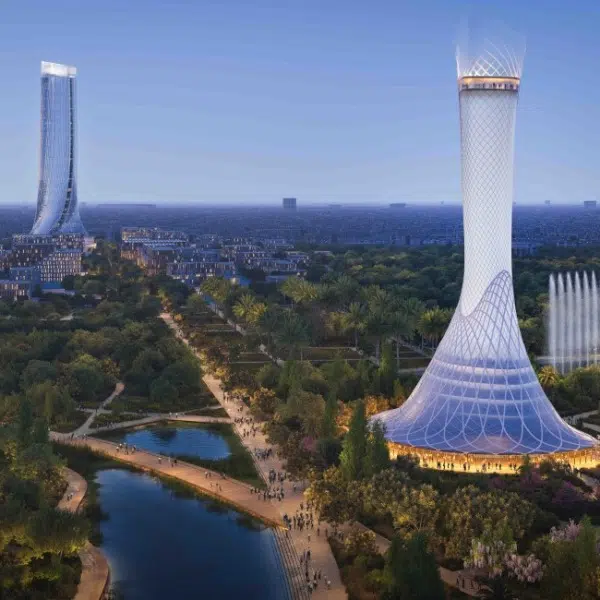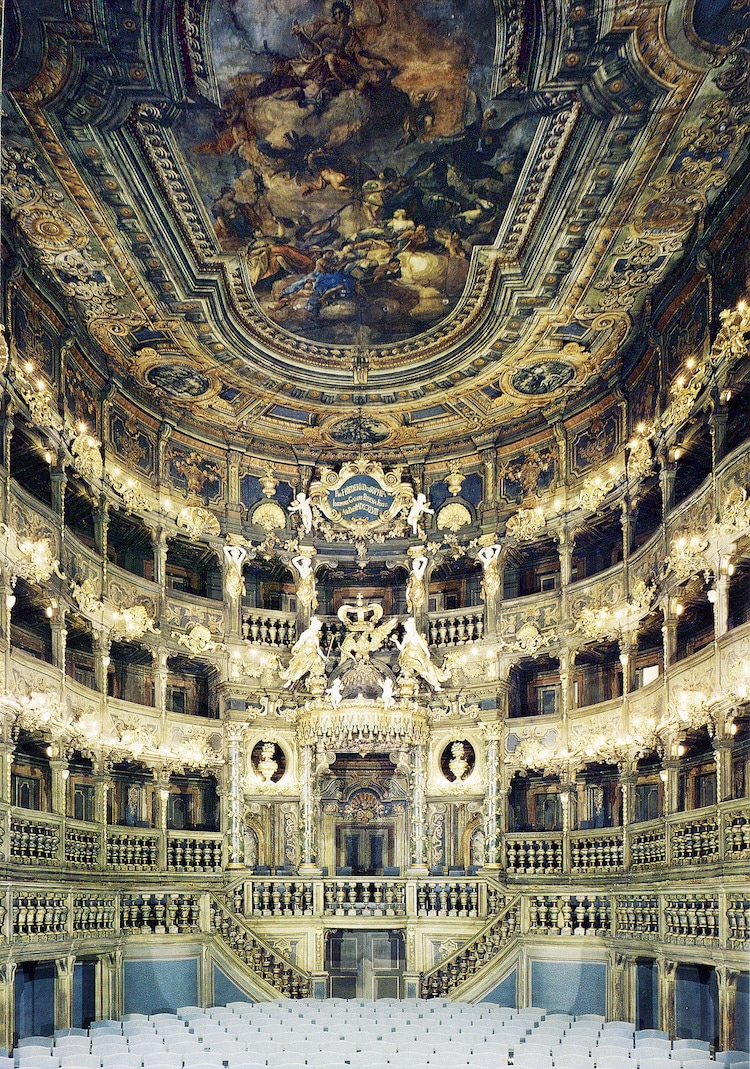
Margravial Opera House in Bayreuth, Germany
Photo source: Fragen war die Hauptsache
The beauty of opera is only matched by the places in which it’s performed. These grandiose settings fuse fine art with architecture into one stunning cultural center. For centuries, these places have been at the height of society, showcasing the talents of countless performers and musicians. When not filled with people, however, the opera houses stand on their own as breathtaking institutions. As photography demonstrates, the design—including ornamental gilding, balustrades, and chandeliers—is even more stunning when the seats and stage are completely empty.
Many of the opera houses seen here were built long ago. The Margravial Opera House in Bayreuth, Germany was constructed between 1746 and 1750. Boasting a hand-painted wooden roof, the well-preserved Baroque design is now a UNESCO World Heritage Site. Other halls, like the contemporary Harbin Opera House in Harbin, China, have a modern spin. Created by the Beijing-based studio MAD, it strays from tradition and features one undulating form that wraps around two concert halls and a public plaza. Although it has a minimalist feel, Harbin's interior still takes a cue from older opera houses with balconies that seemingly ripple in and out of the space.
As times continue to change, so does the function of these iconic spaces. Often, they host a variety of shows (aside from operas), and their historic decor provides a beautiful juxtaposition between the past and present.
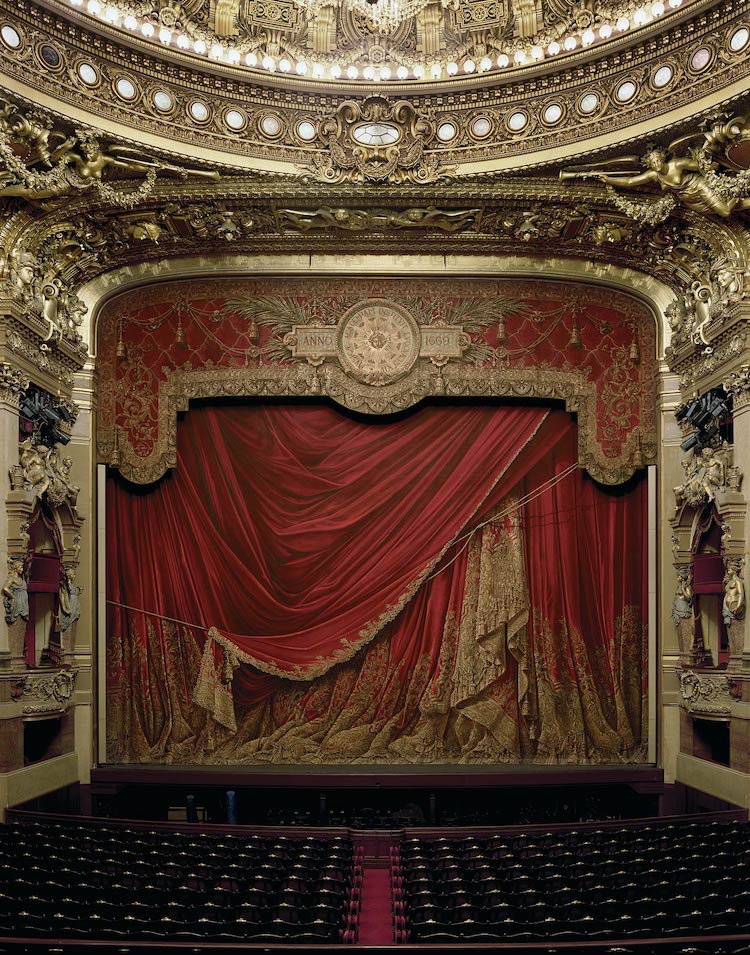
Palais Garnier in Paris, France
Photo credit: David Leventi
Read more: The Beauty and Grandeur of Opera Houses Around the World

Mariinsky Theater in St. Petersburg, Russia
Photo credit: David Leventi
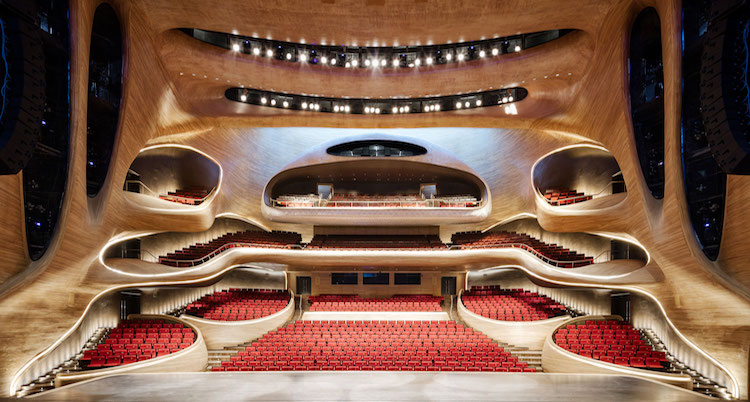
Harbin Opera House in Harbin, China
Photo credit: Hufton + Crow
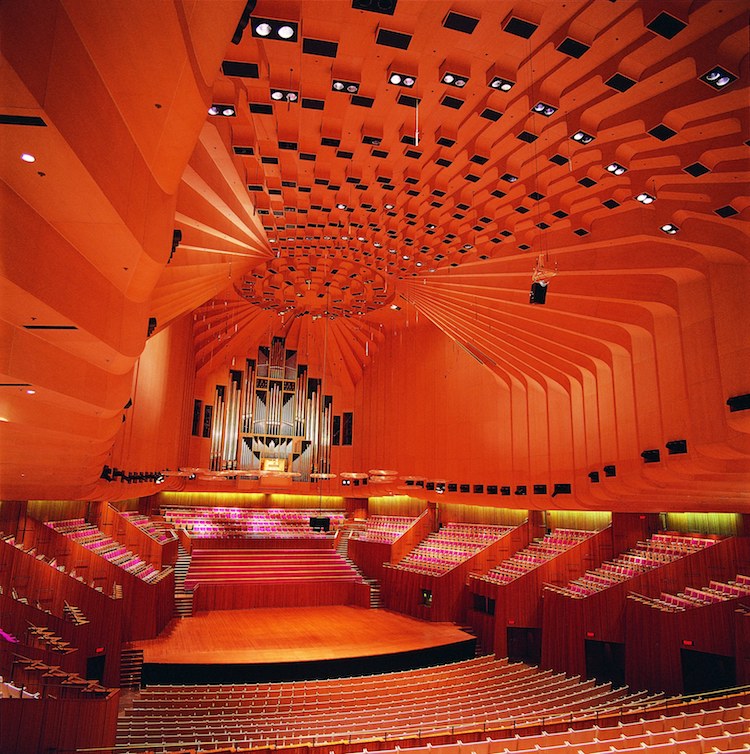
Sydney Opera House in Sydney, Australia
Photo credit: Sydney Opera House
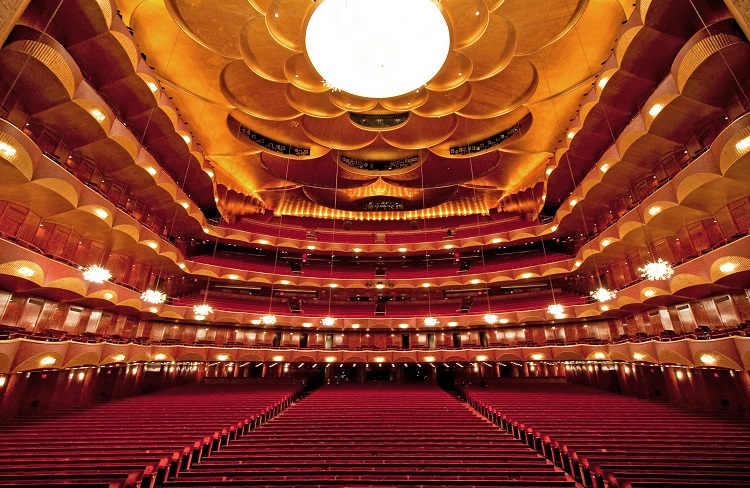
Metropolitan Opera House in New York City, New York
Photo credit: Jonathan Tichler
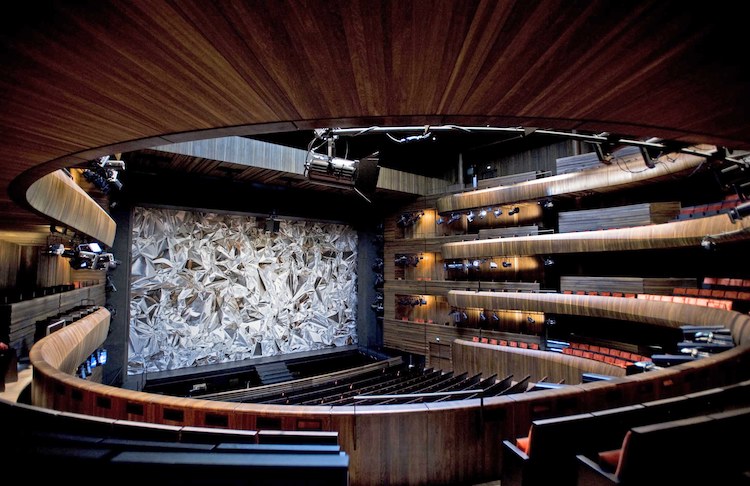
Oslo Opera House in Oslo, Norway
Photo credit: Erik Berg

Estates Theatre in Prague, Czech Republic
Photo credit: Estate Theatre

Drottningholms Slottsteater in Stockholm, Sweden
Photo credit: Drottningholms Slottsteater

Vienna State Opera in Wien, Austria
Photo credit: Michael Poehn
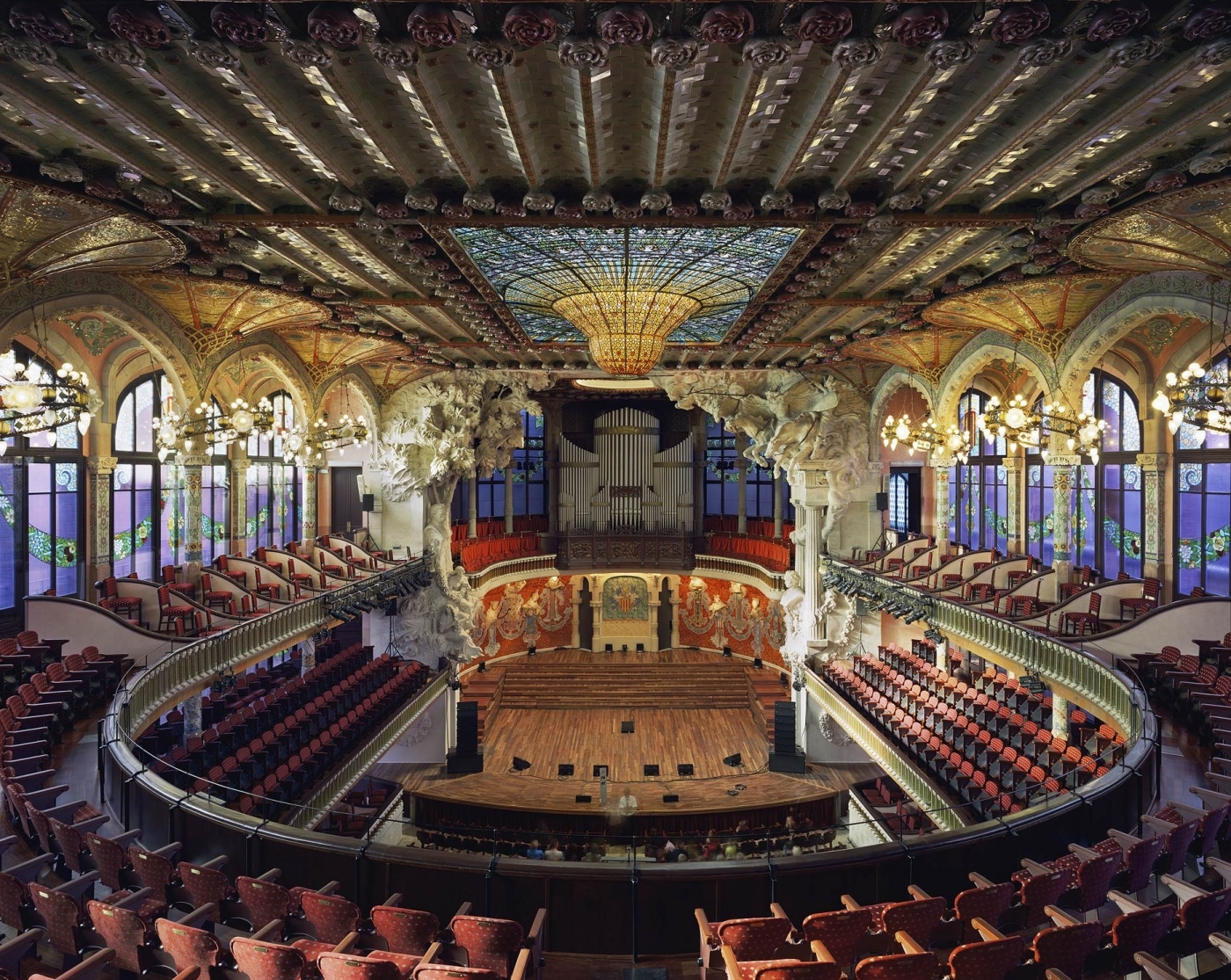
Palau de la Musica Catalana in Barcelona, Spain
Photo credit: David Leventi
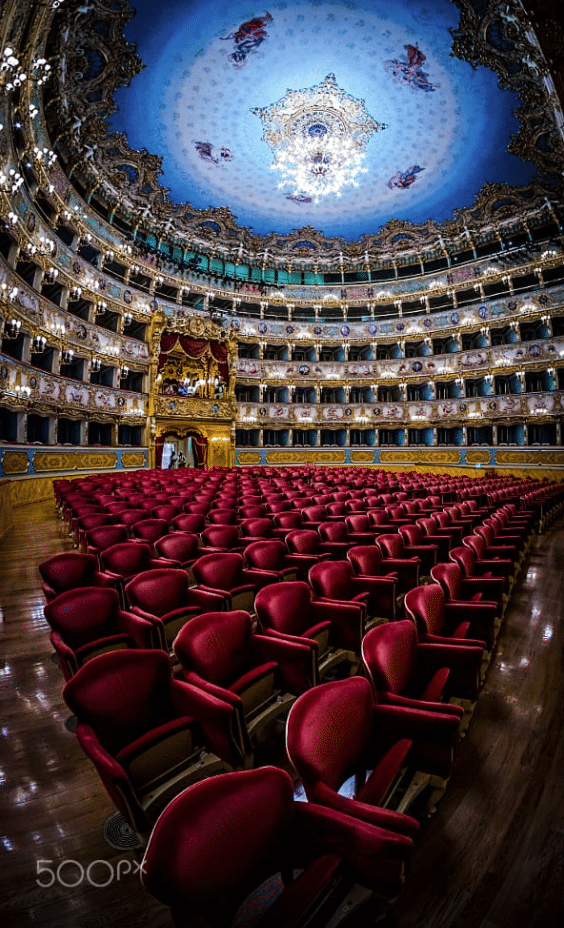
La Fenice Theatre in Venice, Italy
Photo credit: Paul and Helen Woodford
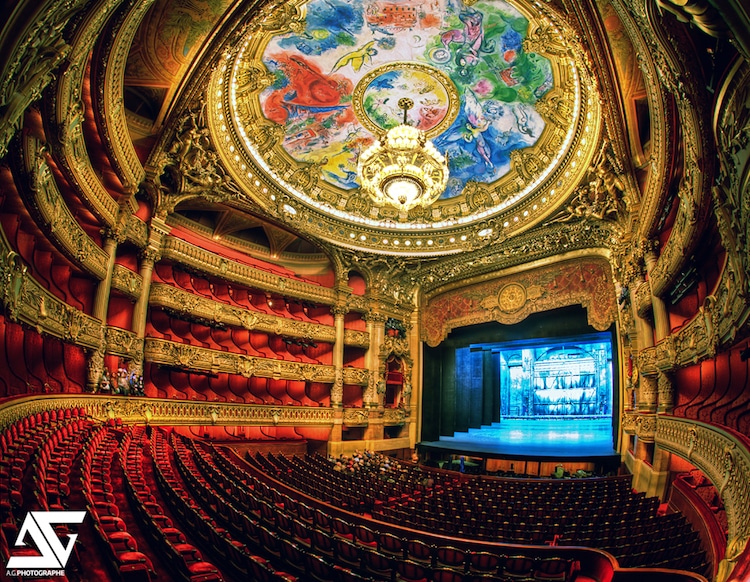
Opéra Garnier in Paris, France
Photo credit: A.G. photographe












































































